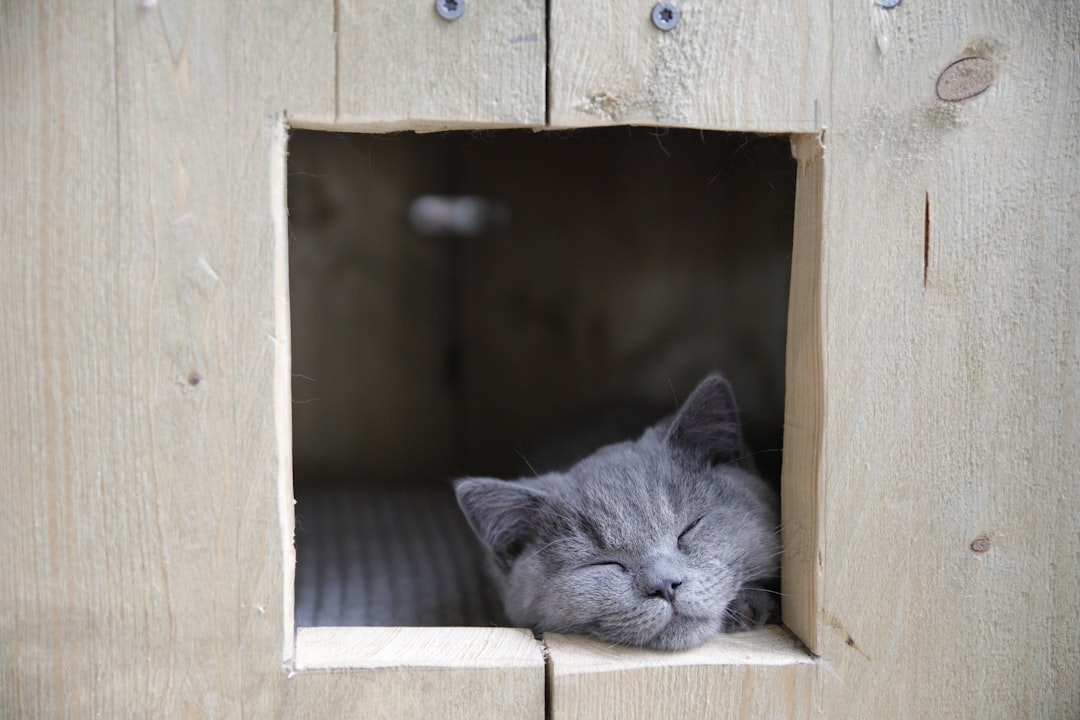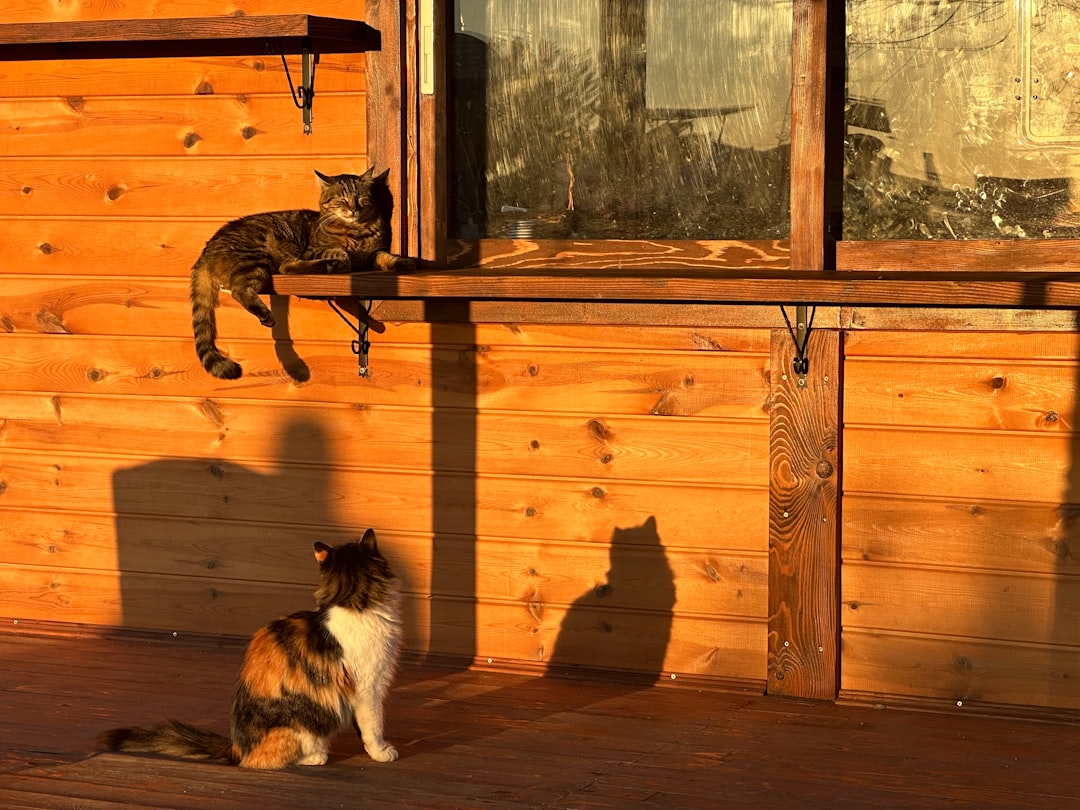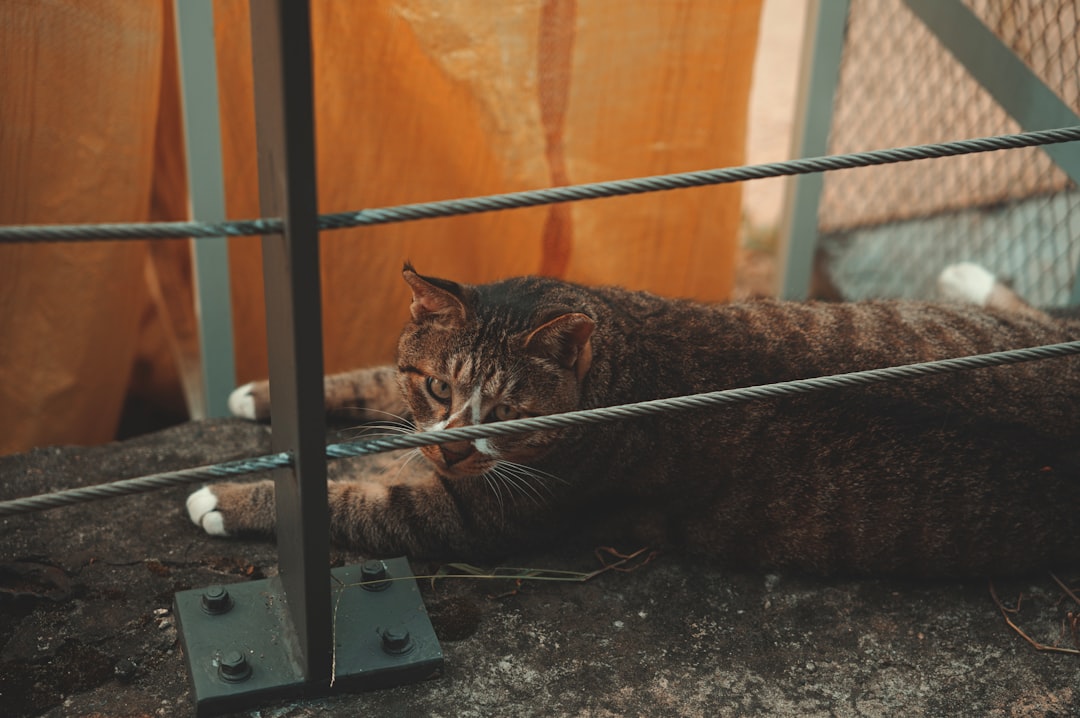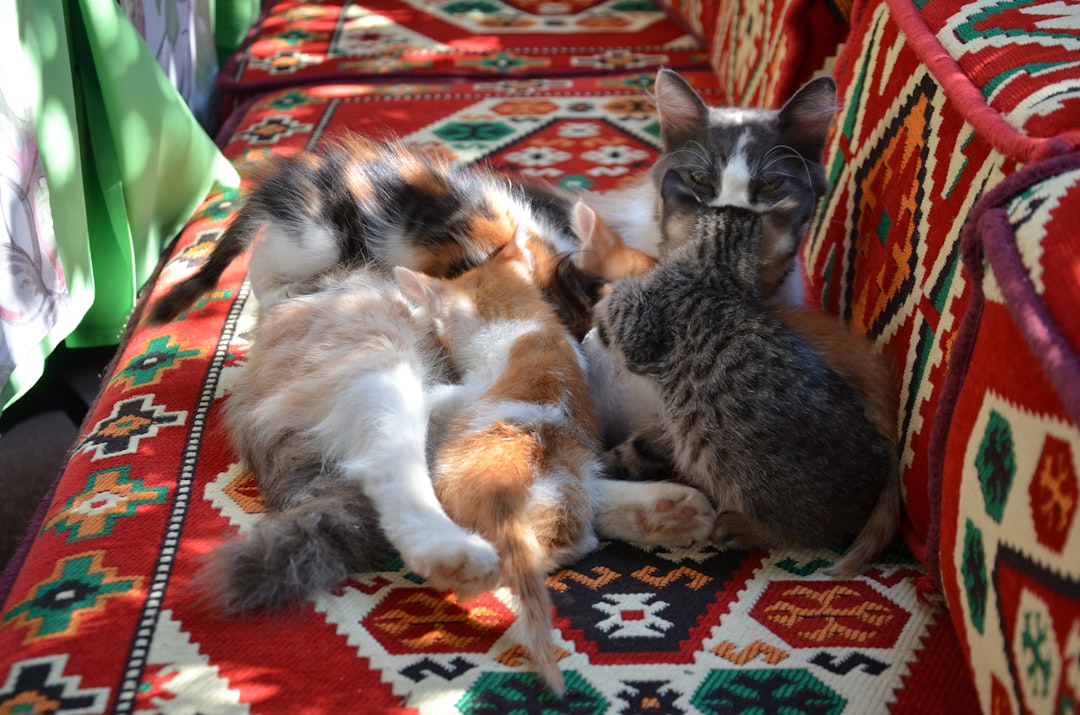Bringing a new pet into a home with an existing cat can feel like walking through a minefield. The stakes feel high because one wrong move could set off territorial alarms that echo through your household for months. Yet thousands of multi-pet households prove it’s absolutely possible to create harmony when done thoughtfully.
The secret lies in understanding that cats aren’t naturally social creatures like dogs. They don’t automatically welcome newcomers with wagging tails and excited barks. Instead, they approach new situations with caution, preferring to assess threats before deciding whether that strange creature belongs in their carefully curated kingdom. Let’s dive into the proven methods that transform potential chaos into peaceful coexistence.
Prepare Your Home Before the New Pet Arrives

Think of this phase as setting the stage for success before the curtain rises. Before bringing home your new pet, create dedicated spaces where each pet can be confined with all the items they need to be comfy, like bowls, litter boxes, bedding, scratching posts and toys. Your resident cat needs to maintain their sense of security while the new arrival gets a safe space to decompress.
The preparation extends beyond just physical spaces. Before bringing your new cat home, place synthetic pheromone diffusers, such as Feliway, in your new cat’s settling room and areas of the home where your existing cat spends most of their time. These diffusers mimic natural calming scents that can help reduce anxiety for both animals. Consider this your secret weapon in creating a more relaxed environment from day one.
Set Up a Separate Safe Space

Before bringing home a new cat, set up their safe space – a separate area with a door that your resident cat cannot access. This room becomes your new pet’s temporary headquarters where they can adjust to their new surroundings without the added stress of meeting another animal immediately. Choose a room your current cat doesn’t frequent often to minimize territorial disputes.
The safe space will be important during the introduction process and should have everything your cat needs: food, water, their own litter box separate from the resident cat’s, places to hide, multiple scratchers (offer a variety), places to rest and sleep, and toys and enrichment. Think of it as a luxury hotel suite where your new pet can settle in comfortably before venturing into the wider world of your home.
Start with Scent Introduction

Cats navigate their world primarily through scent, making this the foundation of any successful introduction. Once the new cat is comfortable in the transition room, begin gradually introducing the cats to each other’s scent by swapping bedding or other soft items such as toys between the new cat and resident cat(s). This allows them to get familiar with each other’s smell without direct contact.
Create a shared scent through “social grooming” to help build a bond between the cats. Before the cats meet, brush both cats with the same brush. Brush one cat and then the other, repeating the process and switching up the order of brushing so that both cats receive each other’s scent. This technique creates a communal smell that can help both pets feel like they’re part of the same household before they ever lay eyes on each other.
Practice Site Swapping

Once both animals seem comfortable with each other’s scent, it’s time for some strategic territory exploration. Site swapping is where each cat gets to explore the other’s territory without ever laying eyes on each other. This is also an opportunity for key signposts – like cat trees, litter boxes, etc. – to take on a shared scent. This phase helps normalize the presence of another animal in the house.
Execute this carefully by securing one pet in a room while allowing the other to explore the vacated space. Let your resident cat investigate the newcomer’s room while the new pet explores the main house. This controlled exploration satisfies their natural curiosity while building familiarity with each other’s presence through scent trails and territorial markers.
Feed Them on Opposite Sides of a Closed Door

When the cats have gotten familiar with one another’s scent, begin feeding them on opposite sides of the closed door. This creates a positive association between food and the other cat’s scent. Mealtime becomes a shared experience that builds positive connections rather than competition or anxiety.
Start with food bowls placed far from the door if either animal shows stress during feeding. Gradually move the bowls closer over several days or weeks, depending on how comfortable both pets appear. Make sure you have switched your existing cat over to a routine of meal feeding, rather than free feeding her. Once these scheduled meal times are established, it will set the stage for both your existing cat and your newcomer to experience a shared, ritualistic way of being.
Introduce Visual Contact Gradually

When the cats are eating comfortably at the door you can start introducing visual contact. Allow gradual visual contact by opening the door a crack. Secure the door so the cats may look at one another but not walk through. This phase requires patience as visual contact often triggers stronger reactions than scent alone.
It is common for cats to hiss at each other initially but if they become aggressive or extremely hostile close the door and leave them alone for a few hours. Crack the door open again when the cats are relaxed. When they can look at one another calmly, open the door wider. Remember that some hissing is normal during this phase, but watch for escalating aggression that signals you need to slow down the process.
Supervise the First Face-to-Face Meetings

After the cats can look at each other without hissing or becoming agitated, open the door and let them meet while you watch from a distance. If problems occur, return the new cat to her room and close the door. These initial meetings should be brief and positive, ending before either animal becomes overwhelmed or stressed.
The idea here is to get both cats in a room together, sans any sort of barrier, and keep things as harmonious as possible for increasing segments of time. You are looking to create the highest of high-value experiences we humans bring to our cats in the course of a day, in these three things – eat, play, love. Remember, the worst thing you can do for any kind of in-person/no barriers introduction, is to bring both cats into a shared space without giving them something to do.
Avoid Common Mistakes That Derail Progress

Too often, people make the mistake of introducing them too quickly, which can lead to several problems. Introducing cats too quickly can make them feel threatened by each other’s presence. Rushing this process often creates lasting negative associations that become much harder to overcome than simply taking the time to do things right from the beginning.
Confining one cat in a carrier or dog crate can seem like a good solution and is certainly one that shows up around the internet. Unfortunately this setup can create a very bad first impression. The confined cat has no control over the interaction and cannot move away or escape. Other mistakes include forcing interactions, using punishment when animals show natural defensive behaviors, or assuming that young animals will automatically accept each other more easily than adults.
Recognize Warning Signs and Adjust Your Approach

Warning signs that your two cats may not be getting along include dilated pupils, hissing, swatting, and other types of defensive body language. If you notice that one of the cats has dilated pupils it’s a sign to watch out for. It means that they may be over stimulated, fearful, anxious or in rare cases aggressive. Learning to read these signals helps you intervene before situations escalate.
Progress slowly and provide ample time for the cats to adjust to each other. This could be days or weeks for any step of the process, so move at their pace. If you notice any signs of stress or aggression, return to the previous step and give the cats more time. Sometimes the kindest thing you can do is take several steps backward in the process rather than pushing forward when your pets are clearly uncomfortable.
Create Long-term Harmony in Your Multi-Pet Home

When the cats have repeatedly, over at least several days if not weeks, had positive or neutral interactions without showing signs of stress, they are ready for unsupervised time together. The last part of a successful introduction is making sure that the home environment has enough of everything for every cat, i.e. enough litter boxes, scratching posts, water bowls, food bowls, hiding spaces, comfortable resting spaces, toys and human attention so that the cats do not feel in competition for any of these resources.
It’s important to be realistic when introducing cats. With some, peaceful co-existence may be the goal rather than them becoming friends. However, if you follow these steps and consult with a veterinarian during the process, your cats stand a good chance of developing a harmonious dynamic. Success might look like cats who simply ignore each other most of the time, and that’s perfectly acceptable. True friendships are wonderful bonuses, but respectful coexistence is a victory worth celebrating.
Successfully introducing a new pet to your cat requires patience, preparation, and respect for feline nature. The process might take weeks or even months, but the investment in doing it properly pays dividends in years of peaceful coexistence. Remember that every cat is an individual with their own personality and comfort level, so adjust your timeline accordingly. What strategies have worked best in your multi-pet household? Share your experiences in the comments below.






